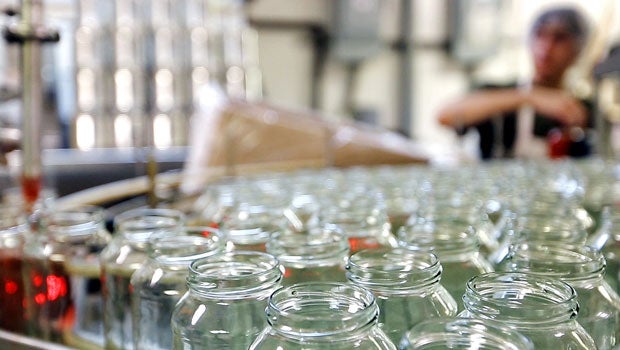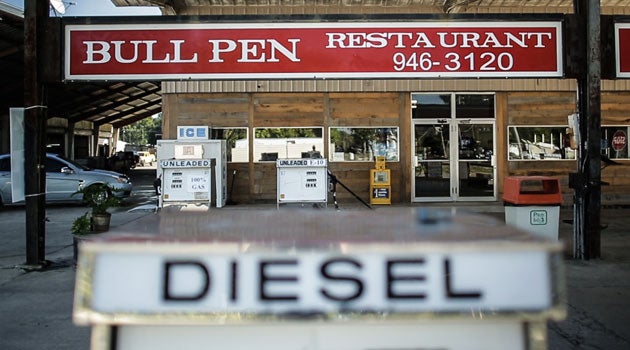Rural-Grown, Local-Owned Manufacturing
More than 3.5 million rural Americans work in manufacturing. As rural America’s second largest sector, manufacturing employs 14% of rural civilian employees and produces 15% of total rural earnings – that exceeds the retail sector, and is more than double agriculture’s presence in our rural economy.
After an era of marked decline, rural manufacturing is on the upswing. Local businesses and nonprofit innovators are re-shaping how manufacturing – and its higher quality jobs so important to family and community prosperity – can stabilize, grow and become a driver in their rural regions. Some rural manufacturers producing new, highly specialized world-class products are also finding it in their self-interest to invest in their workers and community revitalization. Others are creating new corporate structures and regional networks – with worker-owners gaining more stake in business success – to increase the likelihood that businesses will grow locally and not move away. In every case, partnerships with government, philanthropy and other manufacturers are critical to success.
ARO’s September panel will highlight how several rural-grown and local-owned businesses and networks are making manufacturing work in rural America:
Incubating Pathogens – and Community Enterprise
Brad Goskowicz – CEO
Microbiologics
St. Cloud, Minnesota
Wouldn’t you feel better knowing that someone is in business to “provide the highest quality biomaterials for a safer, healthier world”? Well, someone is: Microbiologics, smack dab in the middle of rural central Minnesota. The firm found its niche: producing 900 strains of ready-to-use microorganisms for quality-control testing in the clinical, pharmaceutical, food, water and educational industries worldwide – for example, to make sure that when your lab tests for anthrax, you have high confidence they will detect it accurately, and not get a “false positive.” In addition, they deliver this unusual product to clients in unusual situations, like dropping samples from military helicopters in Afghanistan, and getting it safely to African regions with limited refrigeration. Add to that, when Microbiologics expanded recently, its leaders passed by easier expansion locations to locate in – and help revitalize – a challenged St. Cloud neighborhood.
Toboggans to the Local (and Global) Rescue
Dana Jordan – President and CEO
Cascade Rescue Company
Sandpoint, Idaho
In the Idaho panhandle once known for mining, forestry and agriculture, a group of innovative manufacturers has taken root and flourished. One of these companies, Cascade Rescue, manufactures rescue toboggans used by leading ski areas in the U.S. and around the globe. Cascade has a history of innovation, improving the rescue toboggan design to start, and developing new products as the rescue industry needs them. But the company doesn’t stop at product innovation; their approach to hiring and developing talent is a potential model for other rural manufacturers facing workforce challenges.
From Threads to Fabric: New Trends in the Making
Molly Hemstreet – Founder & General Manager, Opportunity Threads
Tanya Wade – Intake Administrator and Project Specialist, Carolina Textile District
Western North Carolina – and surrounding states
In western North Carolina, a robust textile manufacturing industry once supported generations of artisans and their communities. But the last few decades of outsourcing and industry changes have seen mills close, jobs leave and lives change. Today, a unique collaboration among a worker-owned cut-and-sew business (Opportunity Threads), a county economic development organization, an innovation center, and local mills and makers has emerged as a regional value chain that is meeting growing demand for domestic, environmentally friendly textile production, bringing new hope to small manufacturers in a multi-state rural region.
Perspective from the Rural Development Innovation Group
John Molinaro – President and CEO
Appalachian Partnership for Economic Growth
John Molinaro has a solid record of strengthening rural manufacturing, both as founding President and CEO of the Appalachian Partnership for Economic Growth (APEG) and in his prior position as Vice President at West Central Initiative (WCI). APEG collaborates with Ohio’s 32 Appalachian-designated counties to advance economic development by serving as the local job creation partner in the JobsOhio Network and providing support to manufacturing companies through an agreement with the local Manufacturing Extension Partnership and a Small Business Administration Innovation Cluster. In his 20 years at WCI, a community foundation/community development corporation in Minnesota, he helped lead successful efforts with manufacturers in a nine-county rural region that more than doubled manufacturing employment and reversed decades of population loss.


